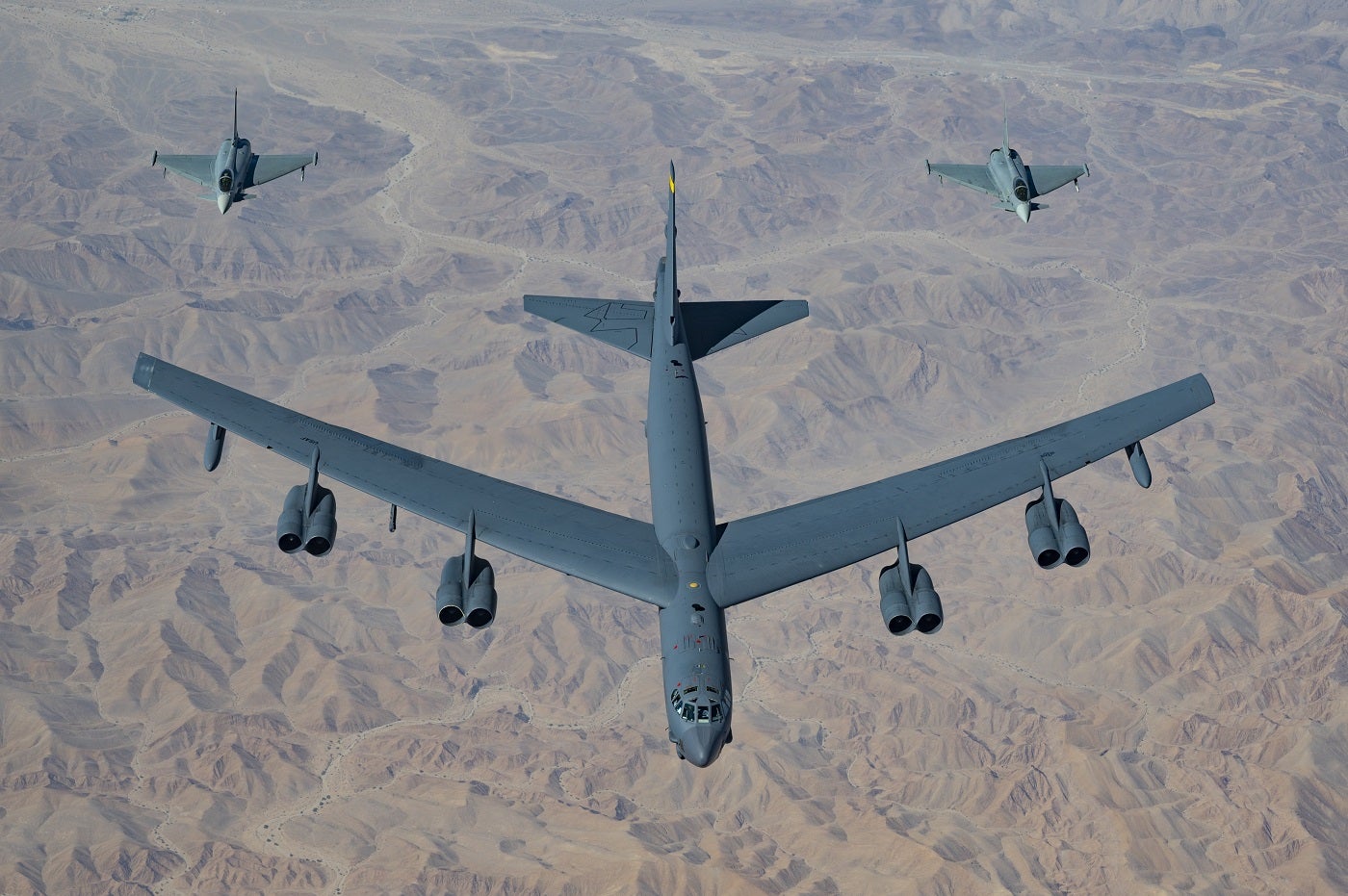
Rolls-Royce is poised to conclude the initial F130 engine testing for the United States Air Force’s B-52J Stratofortress by the end of this year.
This marks a step forward in the multi-year project to see more than 600 new engines delivered to revitalise the B-52 fleet. Rolls-Royce’s F130 engines promise to extend the aircraft’s operational life by three decades, offering durability and performance.
B-52 is the oldest existing bomber aircraft with the US Air Force and was first introduced in the mid-1950s. Hence, it requires very urgent engine retrofit to continue serving.
As testing progresses, the company remains on track to commence a critical design review in early 2024, setting the stage for a new era of enhanced capabilities for this aircraft.
Candice Bineyard, director of programmes – defence, expressed her enthusiasm about the project’s progress, stating, “We are thrilled with the progress we have made with this milestone testing programme.
The engines are operating perfectly so far – matching all of our predictions on inlet performance. We look forward to continuing our close collaboration with the Air Force and Boeing as we complete testing at NASA Stennis Space Center and prepare for critical design review.”
The journey to this moment began in September 2021 when the Air Force selected Rolls-Royce’s F130 engines to replace the ageing powerplants on the B-52 fleet. Rolls-Royce began F130 engine testing for the US Air Force’s B-52 aircraft in March this year. Each B-52 Stratofortress bomber aircraft features eight engines in four different pods.
With expectations of more than 600 new engine deliveries, this endeavour is poised to transform the B-52 and secure its role in national defence for decades. The F130 engines, engineered for longevity, are anticipated to remain operational for the remainder of the aircraft’s life.
This is one of many upgrades the B-52 has received this year. The US Air Force initiated a radar modernisation this year for the B-52 fleet, as a B-52 from the 307th Bomb Wing arrived at a Boeing facility in San Antonio to receive the Active Electronically Scanned Array system (AESA), to enhance the navigation and targeting capabilities.
Manufactured, assembled, and tested at Rolls-Royce’s facilities in Indianapolis, the F130 engine is derived from the Rolls-Royce BR family of commercial engines with over 30m hours of operation.
This achievement solidifies Rolls-Royce’s role in modernising the venerable B-52J Stratofortress, ensuring its continued relevance and effectiveness in the decades to come.
According to GlobalData’s “The Global Military Aircraft Engines Market 2018–2028” report, Rolls-Royce is anticipated to account for the third highest revenue share of US$2.2 billion over the forecast period in North America.
This year, the B-52 has been active in various missions for the US Air Force, as it has undertaken a bilateral interoperability exercise in Indonesia and four of the bombers were also deployed to Guam.




